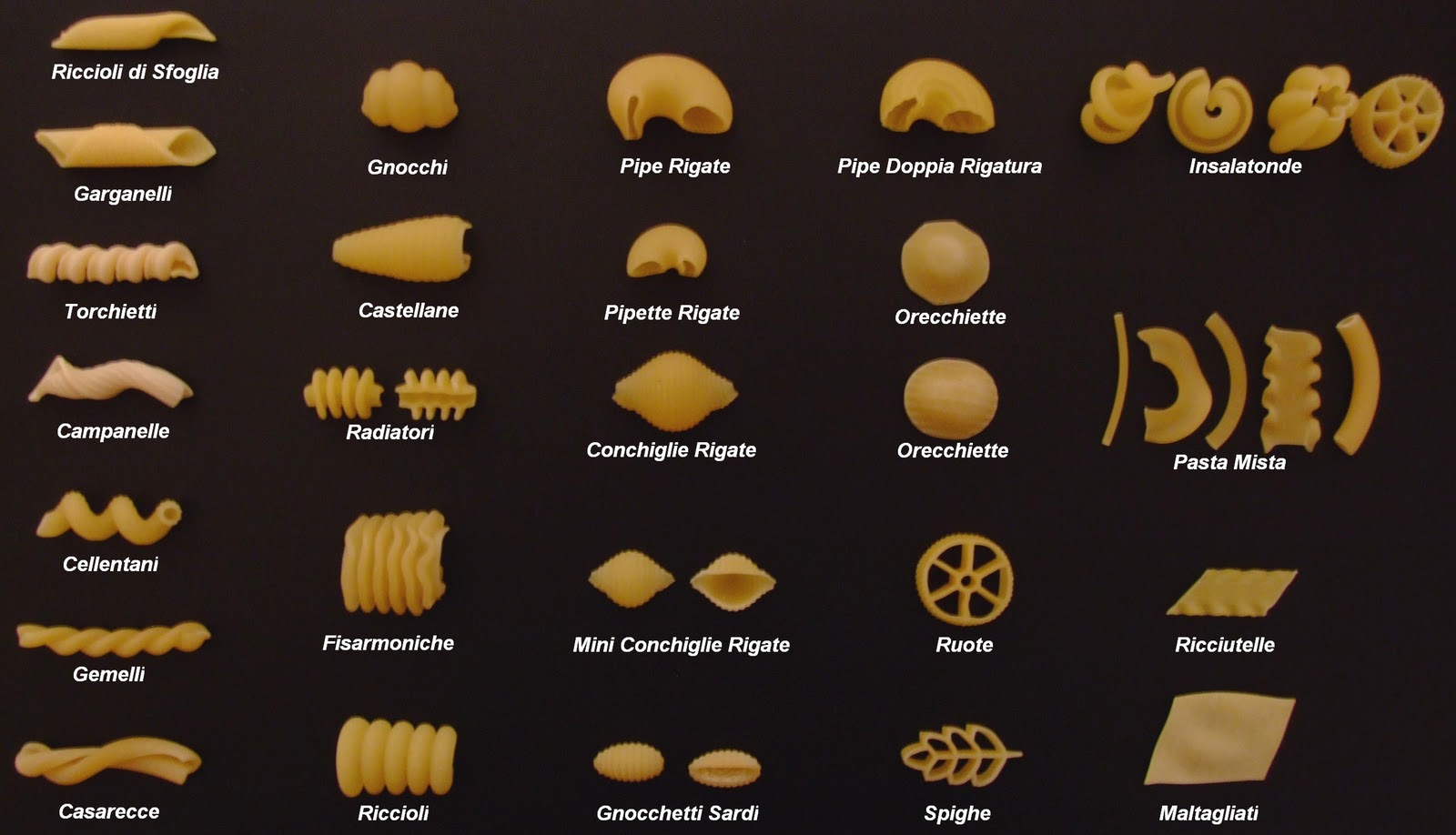
4,822,271 on Apfor “an improved machine for manufacturing short cut varieties of Italian pasta (orecchiette, etc.),” developed a machine for making these cupped pastas. Italian inventors Franco Annicchiarico and Adima Pilari, who received U.S. Orecchiette, Italian for “little ear,” are made by dragging the dough pieces against a flat surface using a small spatula or knife, followed by a little hand shaping to round it out. Gnocchi is made from a dough containing eggs, flour and cooked potatoes, whereas cavatelli are typically made from an eggless semolina wheat dough. With cavatelli and gnocchi, the dough is dragged against a fork or grooved surface with a thumb to form a curled dough piece in the shape of a hot dog bun the only real difference between the two is the dough. Cavatelli, gnocchi and orecchiette, for example, are made by rolling pasta dough by hand into a long snake shape, cutting it into equal sized dough pieces, and dragging the dough to form a cup like shape. Pastas formed by hand have been the most difficult to replicate by machine because of the complexity of the actions done by hand. For each pasta making method, there have been a number of inventions to ease and mechanize the process. The various shapes can be categorized based on the means by which they are formed: by hand, rolled into sheets, or extruded. Then, of course, large pasta shells and pocket pastas, such as tortellini, serve a specific function, as a vessel for their cheese or meat-based filling.

Herbs, oil and cheese cling to the crevices of the short, thin, twisted noodle.

And what’s the perfect pasta pairing for homemade pesto? Trofie. Rigatoni are short tubes of pasta with a ridged exterior-a shape great for chunky sauces that can fall into the ridges and the center of the tubes. They pair with an array of sauces: thicker sauces such as bolognese for tagliatelle, or flat ribbons of pasta and lighter sauces such as lemon butter herb with farfalline, a small, rounded version of the traditional bowtie pasta. For example, cavatelli, meaning “little hollows” in Italian-and looking like little hot dog buns-goes by 28 different names depending on the region and town where you’re eating it.ĭifferent shapes of pastas serve different purposes.

Of course, like nonna’s dearest grandchild, there are multiple names for each shape. The Italians invented over 1,300 shapes of pasta, according to food scholar Oretta Zanini De Vita’s Encyclopedia of Pasta. What shape do you think of when you hear the word pasta? Macaroni.


 0 kommentar(er)
0 kommentar(er)
